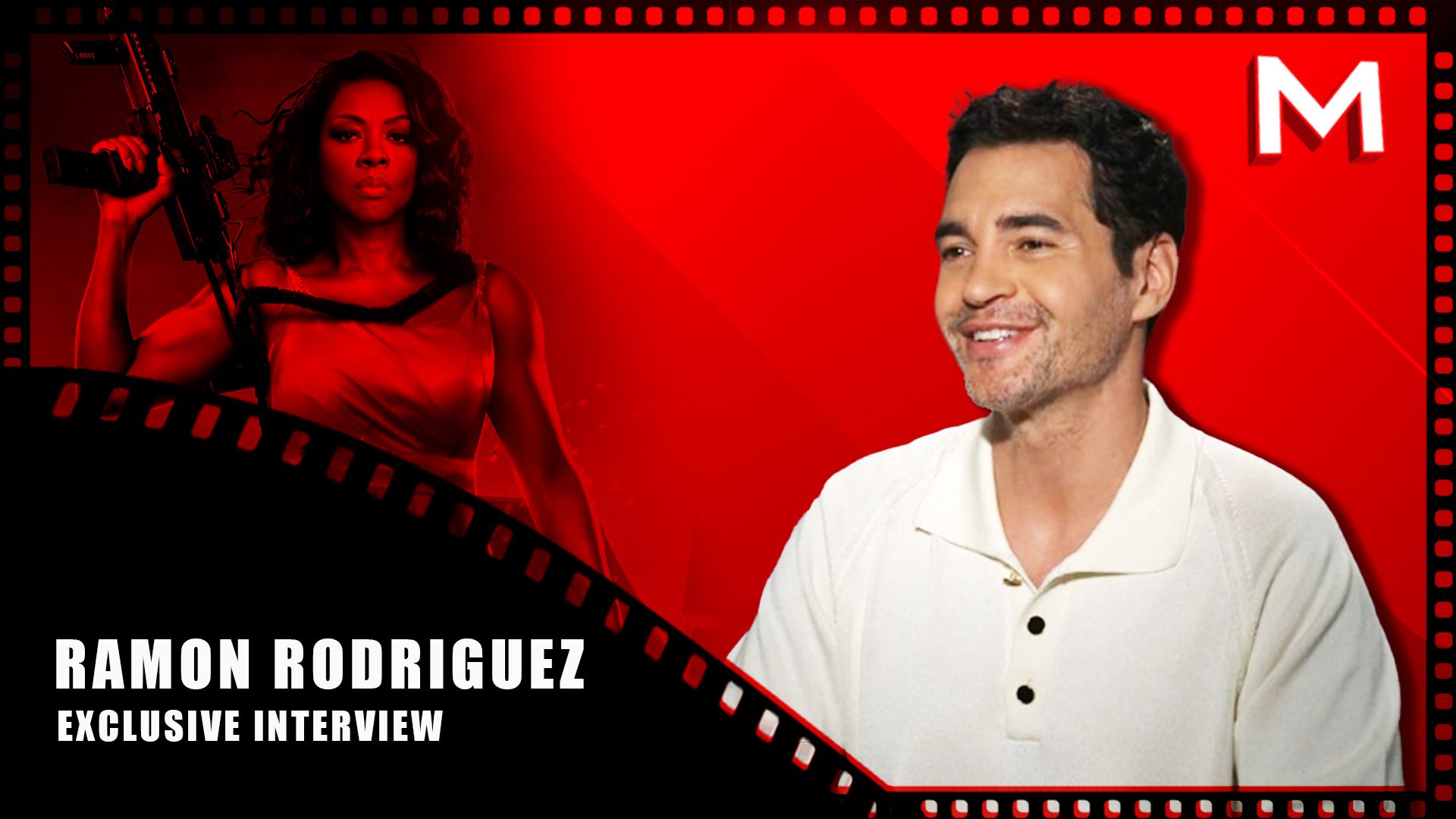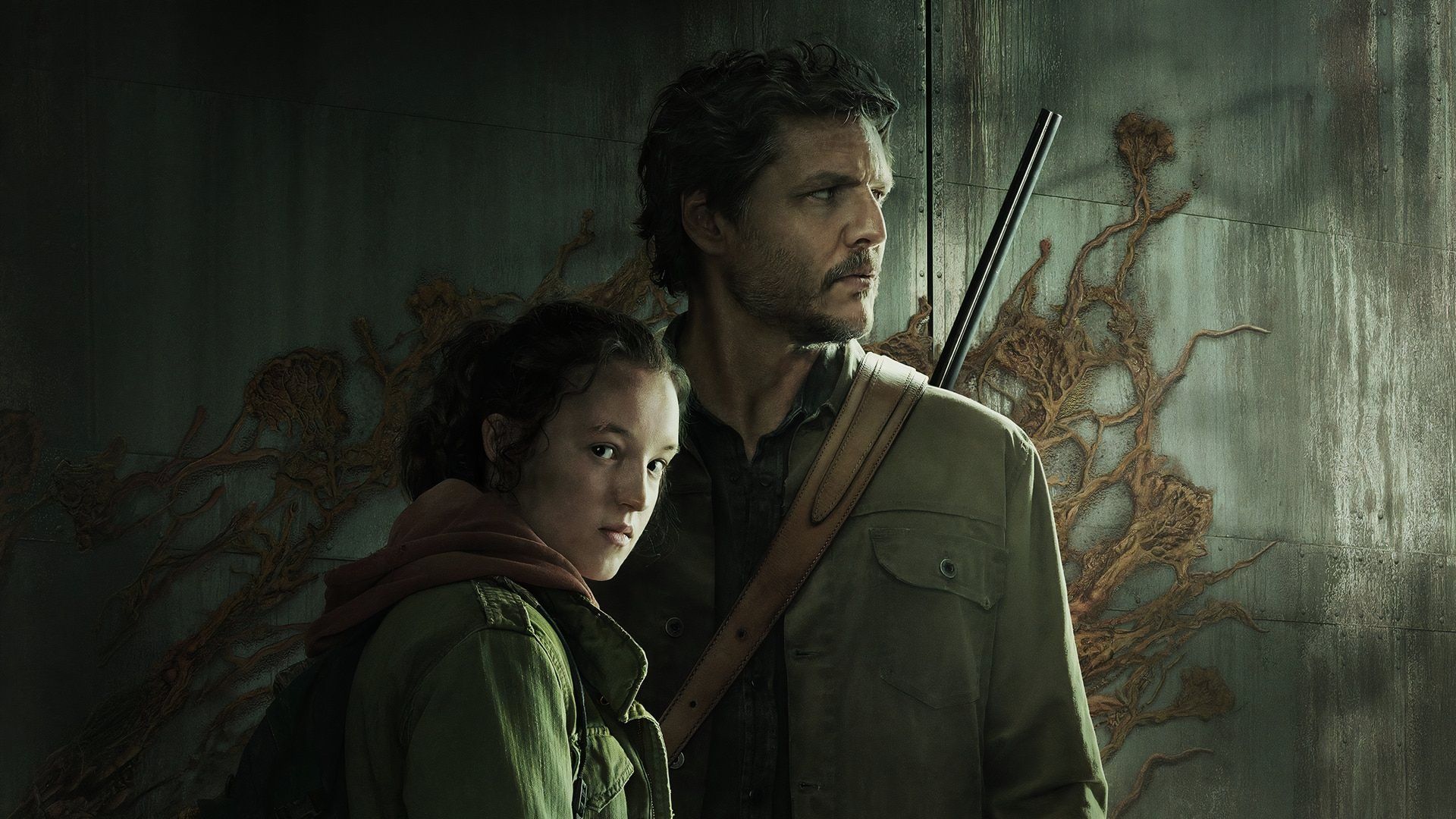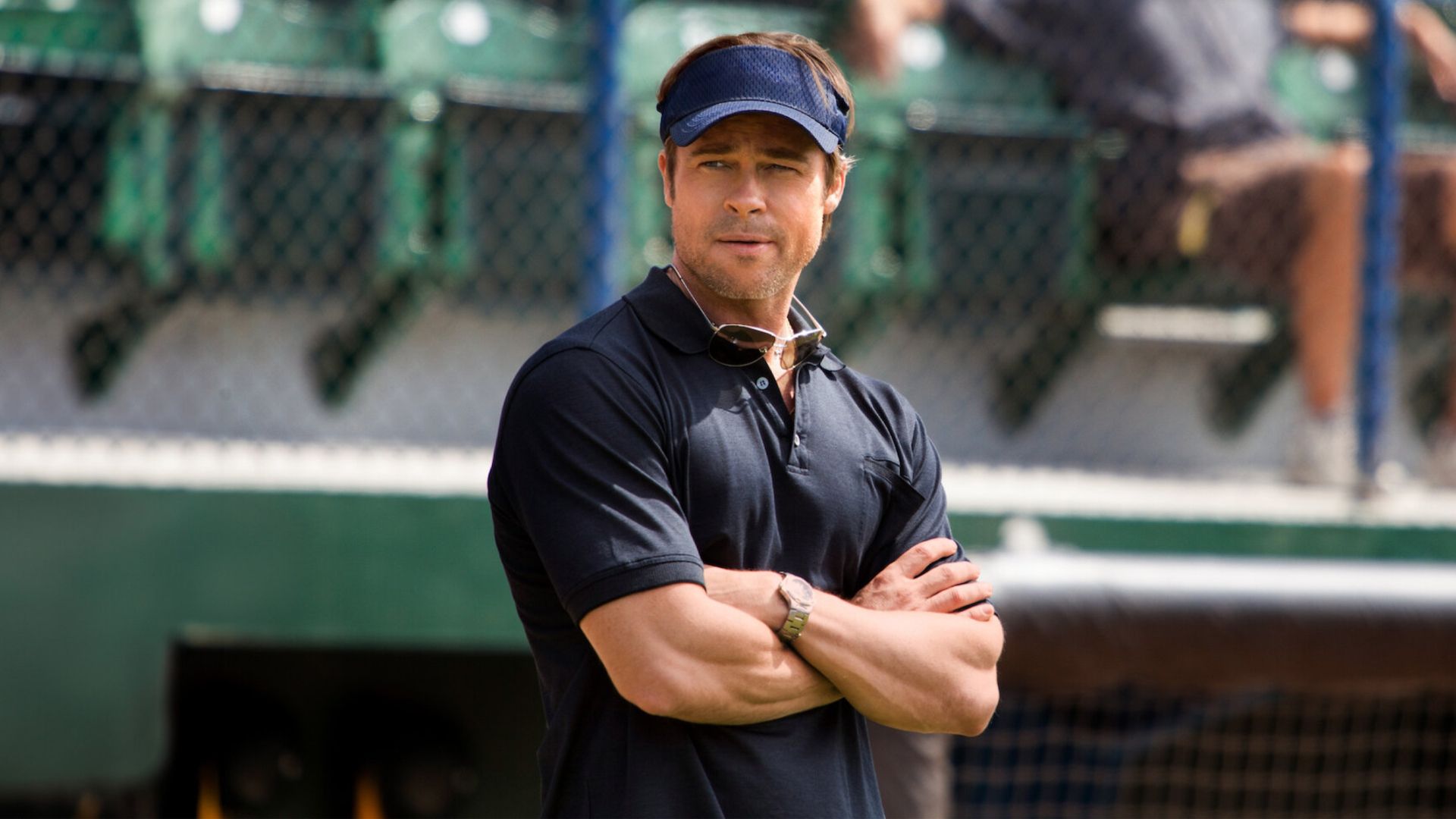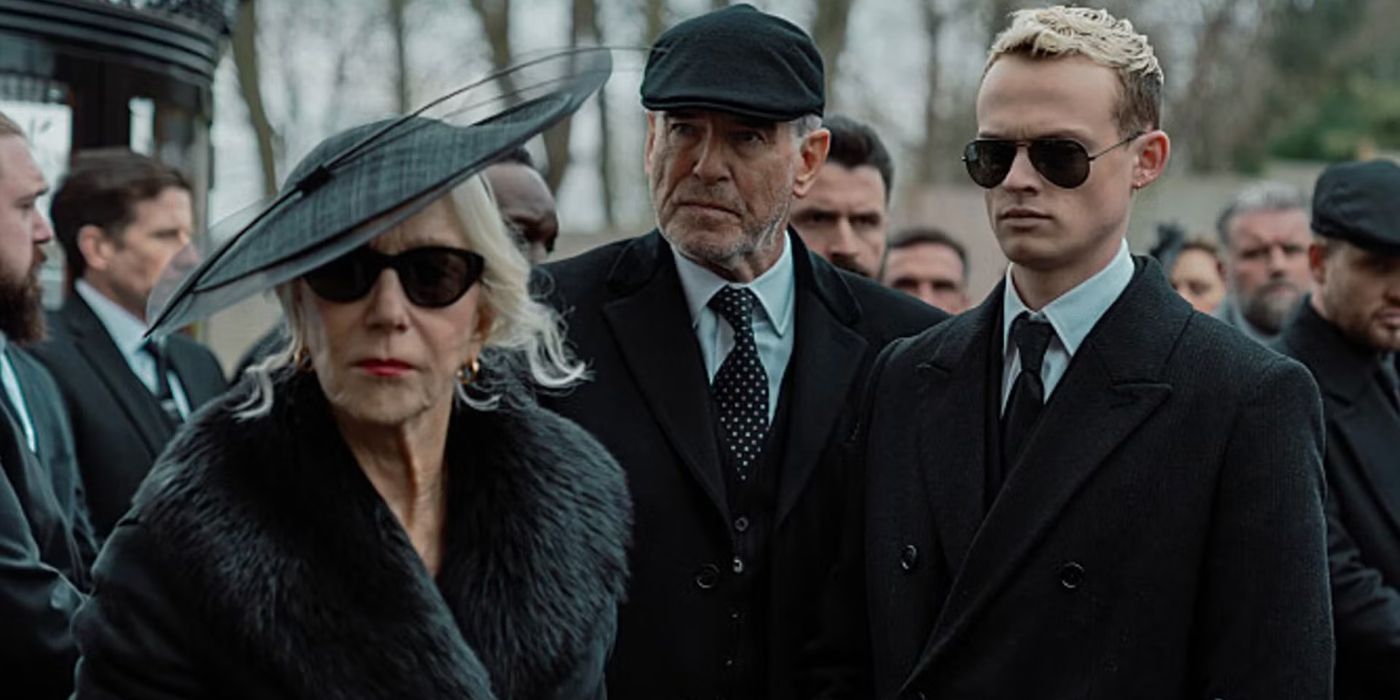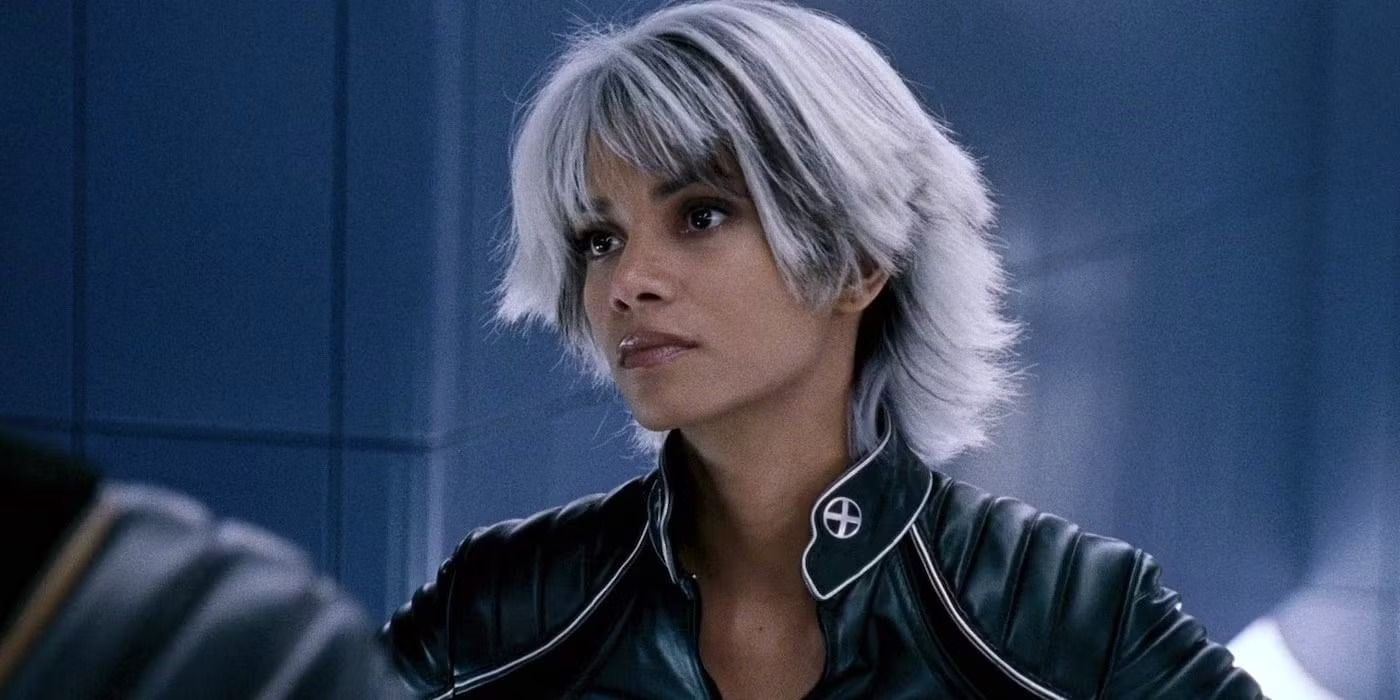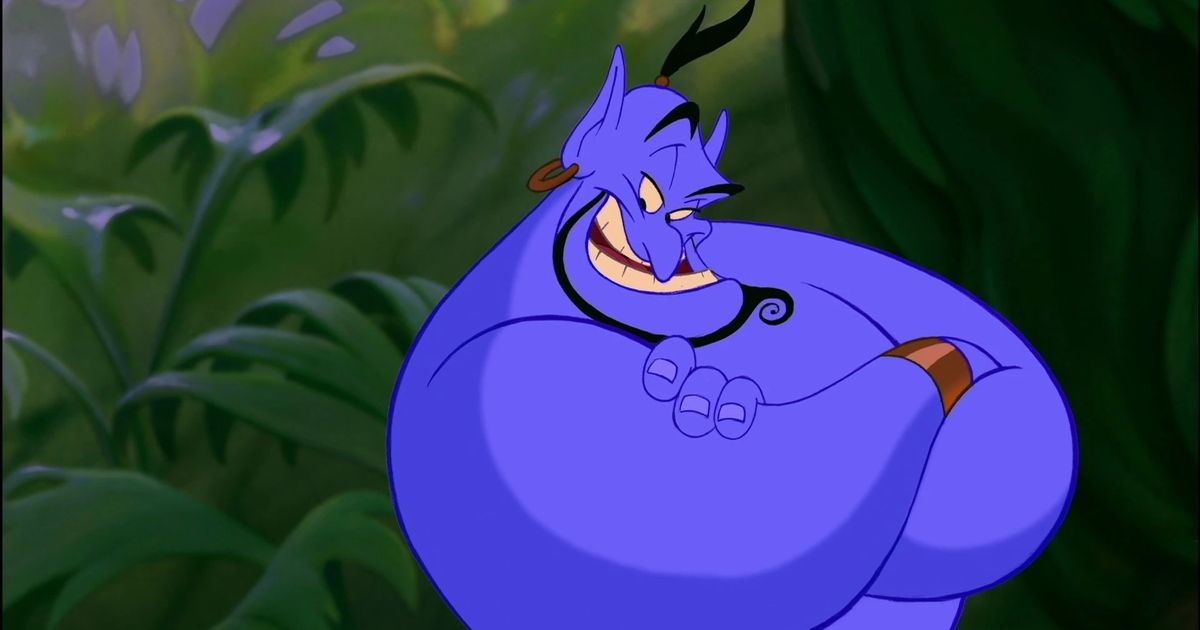Will Cam’s hostage experience—she’s the EMT in Danny and Will’s stolen ambulance, if you haven’t yet put that together—reignite her passion for saving lives? Who’s to say? What can be said is that once the ambulance takes off on a “Speed”-esque chase through the streets of a curiously traffic-free Los Angeles, the stakes escalate until Cam is wrist-deep in the cop’s open chest cavity, performing a life-saving procedure with the help of two trauma surgeons who FaceTime in from a golf course. Blood is spurting from the cop’s wound in squishy geysers. Danny is behind the wheel, mowing down traffic cones and speeding the wrong way up highway overpasses at 60 mph. Will is attached to the body on the stretcher, serving as a human blood bag like in “Mad Max: Fury Road.” An FBI hostage negotiator is on the phone, demanding to know what the hell is going on. Everyone is screaming. And then Cam’s laptop goes dead. She’s got to finish this surgery on her own—and the cop’s spleen just burst.
In short, “Ambulance” is all peak and no valley, a breathless roller coaster ride that’s made all the more discombobulating by Bay’s hyper-kinetic shooting style. In early dialogue scenes, the camera pivots around the characters in dramatic low-angle shots. And once the action gets going, the combination of volatile drone photography—one of Bay and cinematographer Roberto De Angelis’ favorites is to zip up the side of a DTLA skyscraper, then plunge back towards the concrete with nauseating speed—and frenetic editing makes it difficult to tell at times who’s chasing whom and in what direction. And the flaming cop cars flying in all directions, including directly towards the camera, don’t help the legibility issue.
The thing about roller coasters is, though, that they’re a lot of fun. And if you surrender to the chaos and allow your brain cells to scatter like so much fruit sent whizzing through the air as the titular vehicle crashes through an LA street market, “Ambulance” is a blast—a disorienting, overly long blast, but a blast nonetheless. Bay seems to be having fun, too: he stuffs the film with as many comic relief moments as he does everything else, casts his own dog in an absurd cameo role, and allows multiple references to earlier Bay films from screenwriter Chris Fedak to make it onto the screen intact. The movie looks like it cost more than its $40 million budget, thanks to the sheer volume of flaming destruction on screen. And as far as Bay’s concerned, that means he held up his end of the bargain.
Now playing in theaters.
You can view the original article HERE.
